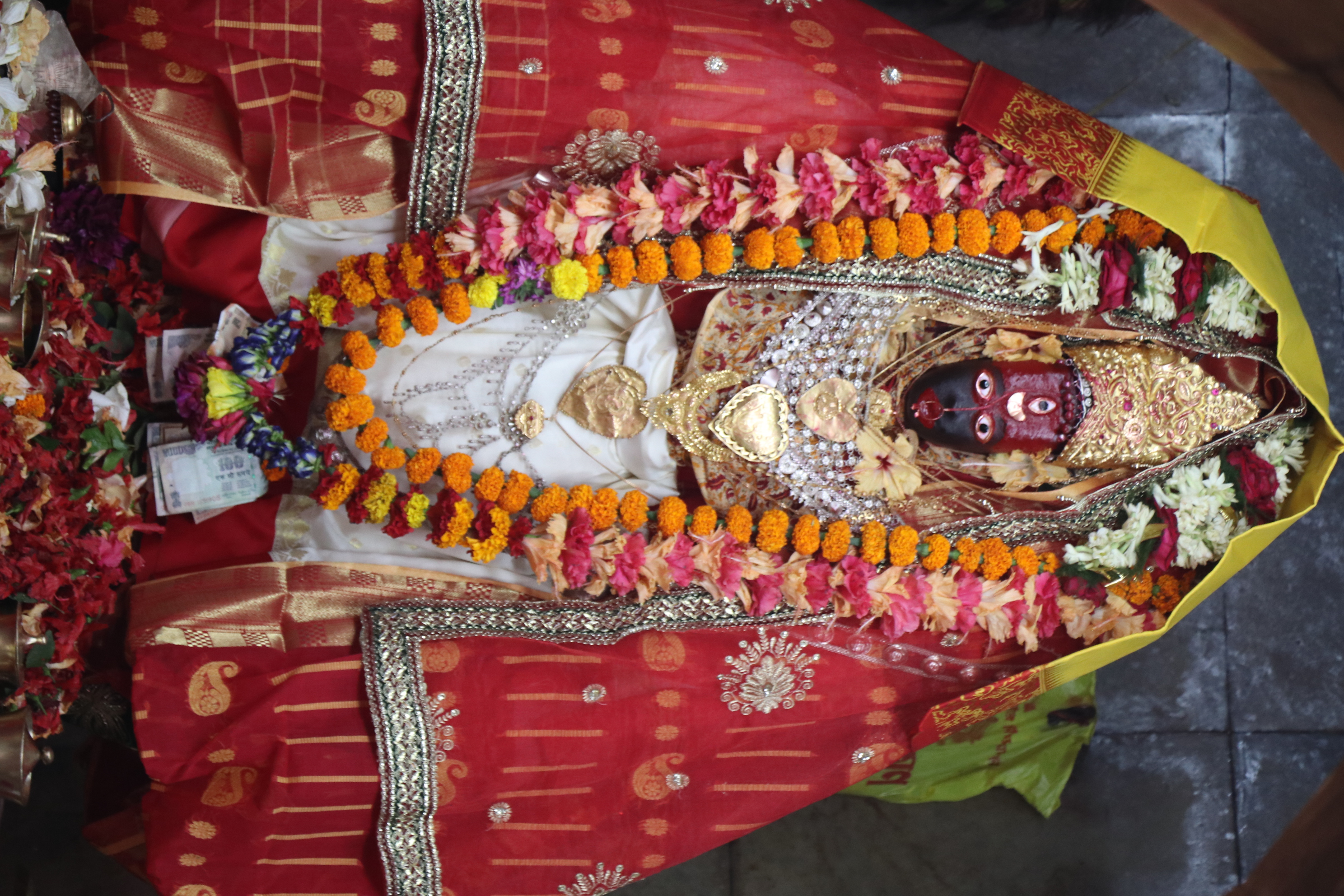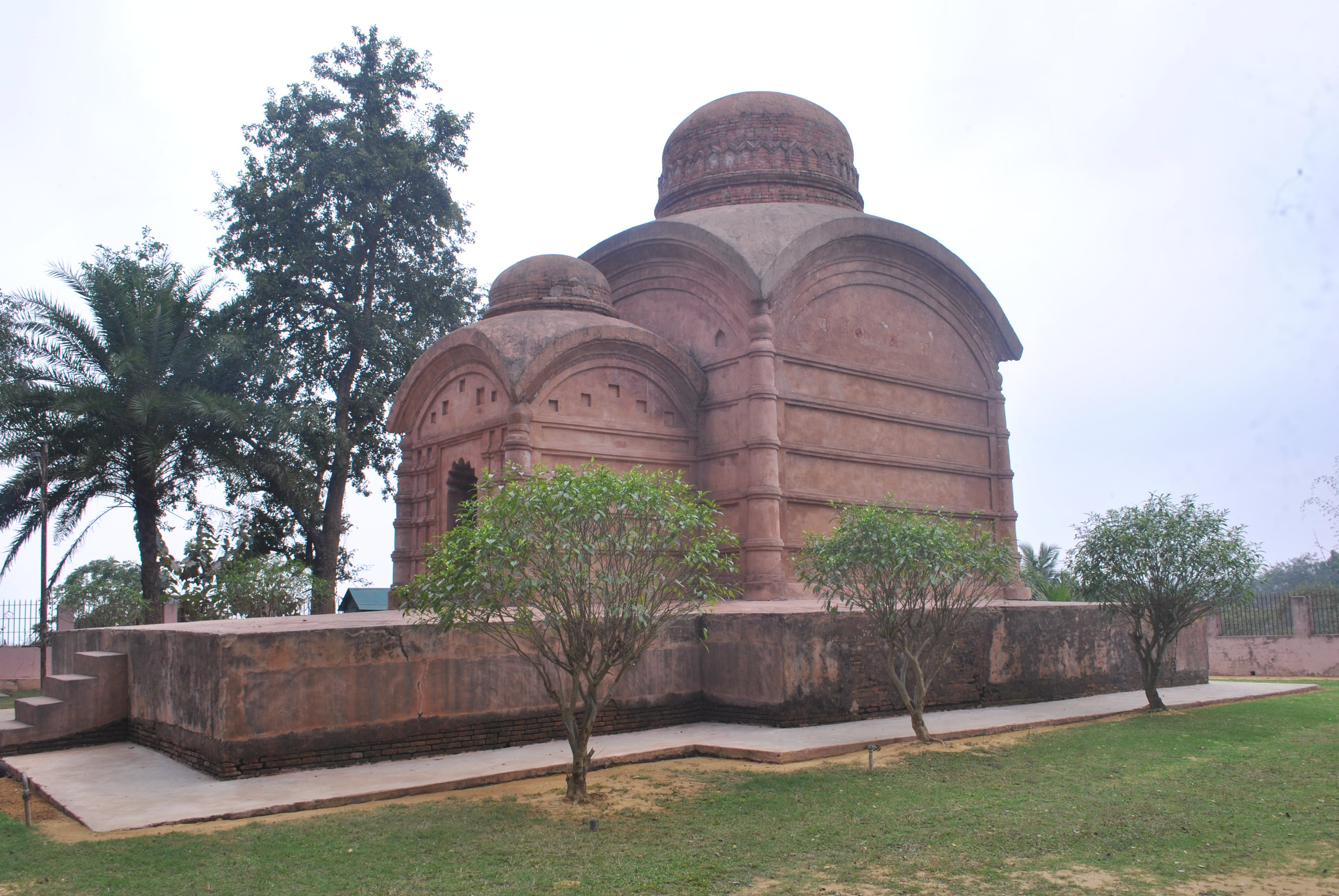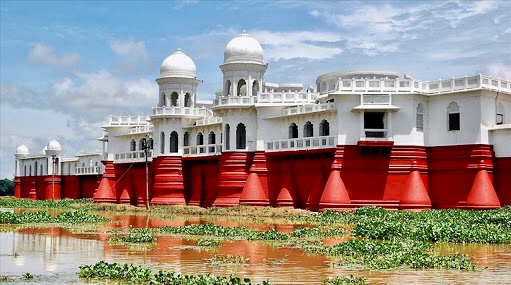The Tripura Sundari Temple stands as a profound testament to spiritual diversity and cultural syncretism in the heart of Udaipur, Tripura. Nestled on a sacred hillock resembling a tortoise's hump, this extraordinary temple transcends mere architectural magnificence, embodying centuries of religious harmony and mythological depth.
Constructed in the late 15th century following divine revelations to Maharaja Dhanya Manikya, the temple emerged from a mystical intersection between Vaishnava and Shakta traditions. The king's recurring dreams, wherein Goddess Tripura Sundari explicitly instructed him to establish her worship, transformed an existing Vishnu site into a powerful Shakti shrine, symbolizing remarkable religious solidarity.
The temple's architectural brilliance reflects the Bengali "Ek-ratna" style, featuring a cubical edifice and a distinctive three-tier roof. Its design harmoniously blends traditional elements with unique structural nuances, representing the architectural genius of Tripura's cultural heritage. Two primary idols inhabit the main shrine: a larger representation of Tripura Sundari and a smaller manifestation known as Chhoto-Ma, each carrying profound spiritual significance.
What distinguishes this temple is its extraordinary inclusivity. Unlike many religious sites constrained by sectarian boundaries, the Tripura Sundari Temple welcomes devotees from diverse religious backgrounds. Muslims, tribal communities, and followers of various faiths converge here, offering prayers and first crops, transforming the temple into a remarkable symbol of religious pluralism and mutual respect.
Historical narratives surrounding the temple are equally captivating. In the 18th century, Samser Gazi, despite religious differences, offered profound reverence to Devi Tripura Sundari, an event documented in his biographical work "Gazinama". Such incidents underscore the temple's transcendent spiritual essence, which surpasses narrow religious demarcations and celebrates universal devotion.
The temple's cultural significance extends beyond religious practice. During Diwali, a massive Mela attracts over two lakh pilgrims, transforming the site into a vibrant celebration of spiritual energy and communal harmony. The smaller idol, Chhoto-Ma, carries its own mystique, reportedly accompanying Tripura's kings during battlefield expeditions and hunting trips, further embedding the temple's identity within the region's rich historical narrative.
Modern management of the temple reflects its progressive spirit, integrating traditional practices with contemporary approaches. While preserving its core spiritual identity, the temple's administration actively works to create an inclusive environment that respects diverse cultural backgrounds. This approach ensures that the Tripura Sundari Temple remains not just a religious site, but a living testament to the dynamic, interconnected nature of spiritual experience.
As a pivotal Shakti Peetha and a symbol of cultural resilience, the Tripura Sundari Temple continues to inspire. Its story is not merely about architectural splendor or religious ritual, but about the profound human capacity for understanding, respect, and shared spiritual journey. Here, mythology, history, and contemporary practice converge, creating a sacred space that speaks to the universal human longing for connection and transcendence.






